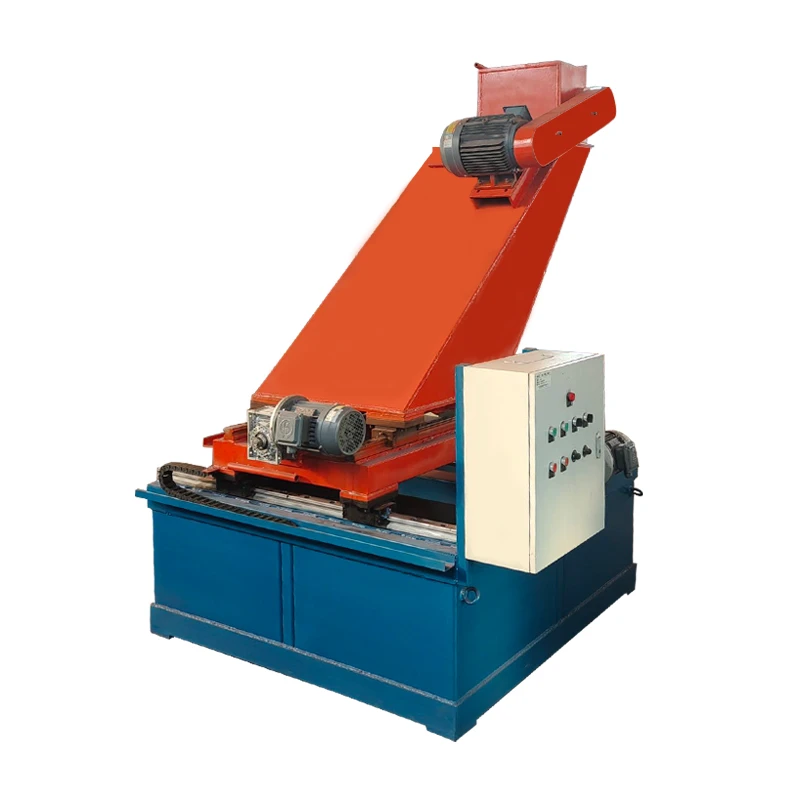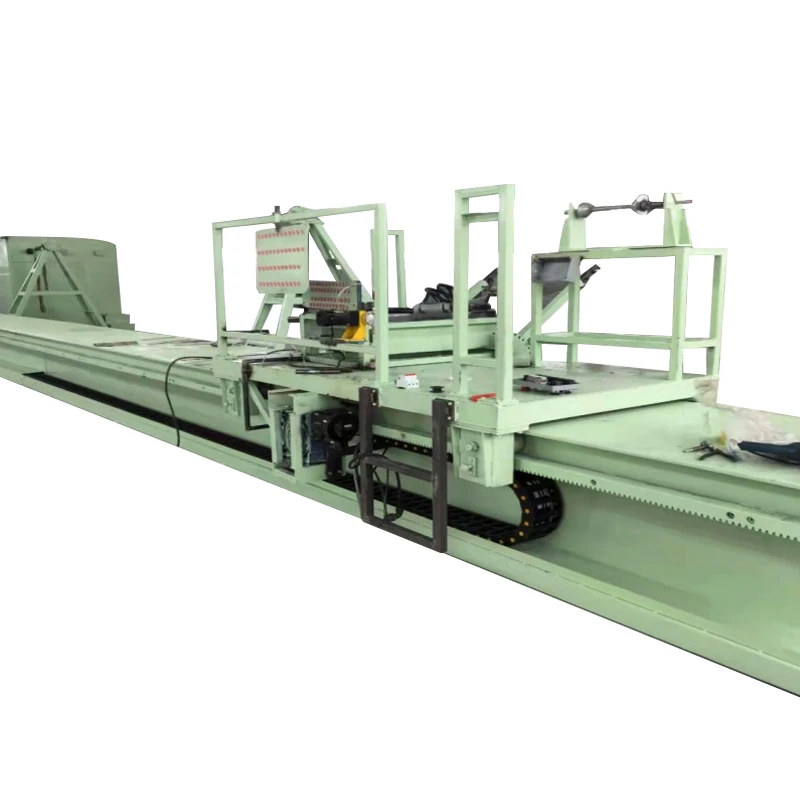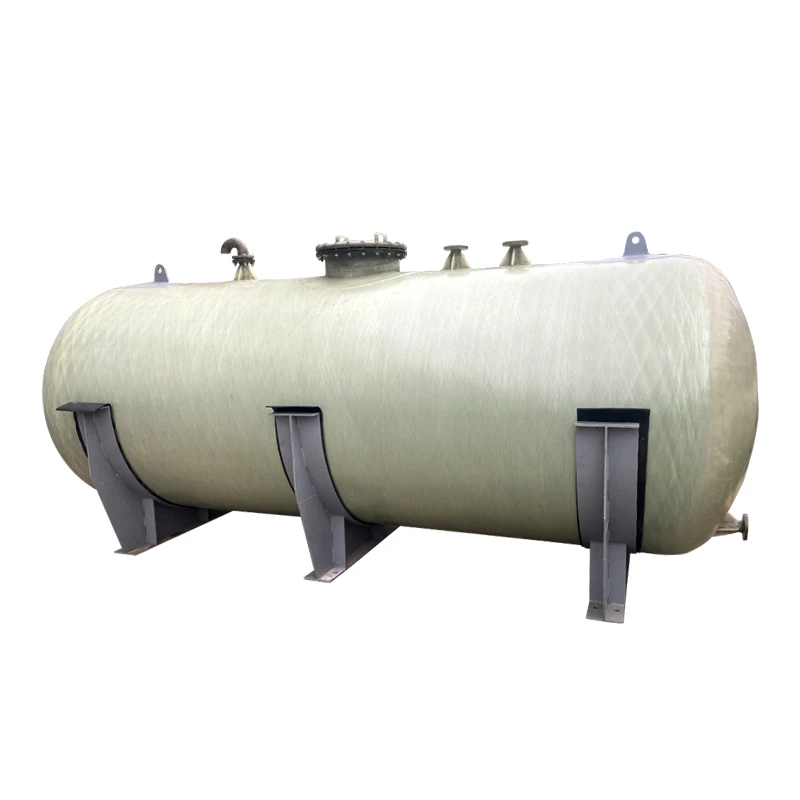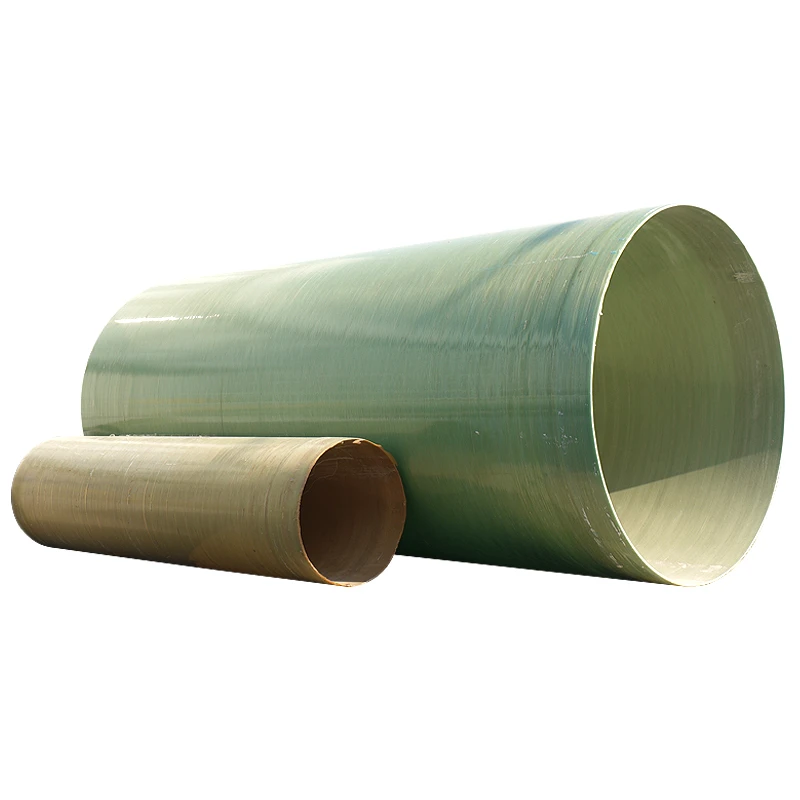
Our FRP Filament Winding Equipment offers cutting-edge technology for producing high-performance composite materials with exceptional strength, durability, and lightweight properties. Designed for industries ranging from aerospace and automotive to construction and marine, this equipment uses a precise winding process to lay down continuous fibers around a rotating mandrel, creating intricate, highly reinforced structures. With advanced control systems, our filament winding machines ensure accurate resin impregnation and fiber placement, delivering consistently high-quality products that meet the most demanding standards. The flexibility of our equipment allows for the production of a wide range of shapes and sizes, from pressure vessels and pipes to tanks and structural components. Built for efficiency and ease of use, the equipment provides optimized production cycles, reducing material waste and energy consumption. Engineered for both small and large-scale production runs, our FRP Filament Winding Equipment is the ideal solution for manufacturers looking to innovate with fiberglass-reinforced plastics while maintaining high levels of precision and cost-effectiveness.
How FRP Filament Winding Machines are Revolutionizing the Automotive Industry
In recent years, FRP (Fiberglass Reinforced Plastic) filament winding machines have become a game-changer in the automotive industry, offering an innovative solution for producing lightweight, durable, and cost-effective components. This advanced manufacturing technology enables the precise winding of continuous fibers around a rotating mandrel, creating high-performance composite materials that are stronger and lighter than traditional metals.
One of the most significant benefits of FRP filament winding in automotive production is the ability to reduce vehicle weight without sacrificing strength or safety. By replacing heavier metal parts with FRP components, manufacturers can achieve better fuel efficiency and lower emissions, aligning with the automotive industry's shift toward sustainability and stricter environmental regulations. For example, FRP is increasingly used in the production of lightweight structural components, such as body panels, chassis, and even battery housings in electric vehicles (EVs).
The precision of FRP filament winding machines also allows for the creation of complex shapes and designs that would be difficult or impossible to achieve with conventional manufacturing methods. This flexibility not only enhances the overall performance and safety of automotive parts but also reduces the need for additional assembly steps, streamlining production processes and lowering manufacturing costs.
Moreover, FRP materials offer excellent resistance to corrosion and fatigue, making them ideal for components exposed to harsh conditions, such as undercarriages or engine parts. These advantages improve the longevity and reliability of automotive parts, further enhancing the value proposition of FRP filament winding.
Applications of FRP Filament Winding Machines in Aerospace: High-Performance Components
FRP (Fiberglass Reinforced Plastic) filament winding machines have become essential tools in the aerospace industry, enabling the production of high-performance, lightweight composite components that meet the stringent demands of aviation and space exploration. These machines use a precise winding process to lay continuous fibers in specific orientations around a mandrel, creating strong, durable, and lightweight structures that are crucial for aerospace applications.
One of the primary benefits of using FRP filament winding machines in aerospace is the ability to reduce the weight of critical components without compromising on strength or safety. Lightweight composites are vital in the aerospace industry, as they help reduce fuel consumption, lower emissions, and improve overall efficiency. Common applications include the production of aircraft fuselages, wing structures, pressure vessels, and rocket motor casings, all of which benefit from the high strength-to-weight ratio of FRP materials.
The precision offered by FRP filament winding machines is another key factor in their widespread use. The technology allows for the creation of complex, intricate shapes that are necessary for high-performance aerospace components. For instance, filament winding is often used to produce parts like helicopter rotor shafts, gas turbine engine parts, and satellite structures, which require both strength and resistance to extreme conditions such as high pressure, temperature, and vibration.
Moreover, FRP materials are highly resistant to corrosion and fatigue, making them ideal for aerospace applications where long-term durability and reliability are critical. The excellent resistance to environmental factors enhances the lifespan of components, reducing maintenance costs and increasing the safety of aerospace systems.




